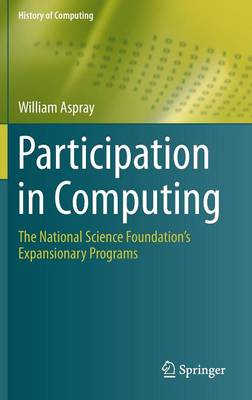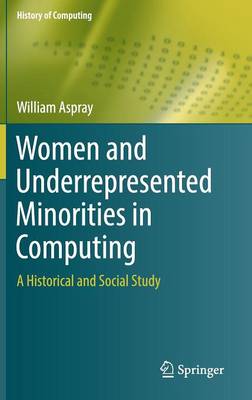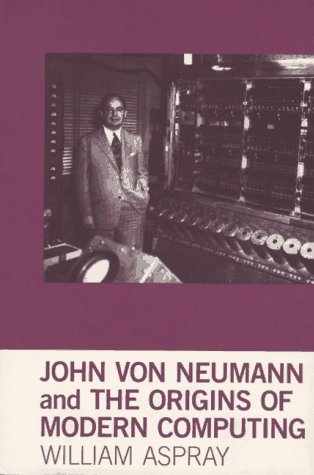History of Computing
3 total works
This book provides a history of the efforts of the US National Science Foundation to broaden participation in computing. The book briefly discusses the early history of the NSF's involvement with education and workforce issues. It then turns to two programs outside the computing directorate (the ADVANCE program and the Program on Women and Girls) that set the stage for three programs in the NSF computing directorate on broadening participation: the IT Workforce Program, the Broadening Participation in Computing program, and the Computing Education for the 21st Century program. The work looks at NSF-funded research and NSF-funded interventions both to increase the number of women, underrepresented minorities (African Americans, Hispanics, and American Indians) and people with disabilities, and to increase the number of public schools offering rigorous instruction in computing. Other organizations such as the ACM, the Computer Science Teachers Association, and Code.org are also covered. The years covered are primarily 1980 to the present.
This text examines in detail the issue of the underrepresentation of women, African Americans, American Indians, and Hispanics in the computing disciplines in the U.S. The work reviews the underlying causes, as well as the efforts of various nonprofit organizations to correct the situation, in order to both improve social equity and address the shortage of skilled workers in this area. Topics and features: presents a digest and historical overview of the relevant literature from a range of disciplines, including leading historical and social science sources; discusses the social and political factors that have affected the demographics of the workforce from the end of WWII to the present day; provides historical case studies on organizations that have sought to broaden participation in computing and the STEM disciplines; reviews the different approaches that have been applied to address underrepresentation, at the individual, system-wide, and pathway-focused level; profiles the colleges and universities that have been successful in opening up computer science or engineering to female students; describes the impact of individual change-agents as well as whole organizations.
John von Neumann, in his 54 years of life, transformed the face and character of many pure/applied mathematical subject areas. And in particular he participated seminally in the creation of the Computer Age. The author (director of the Center for the History of Electrical Engineering at IEEE) has d


